What Is Dpi On A Mouse? – Unveiling Precision And Control!
Experimenting with DPI felt like unlocking a new level of precision, transforming how I navigate my digital world.
It measures how many pixels the cursor moves per inch of mouse movement, impacting precision and speed in digital tasks. Adjusting DPI settings tailors the mouse’s responsiveness to suit individual preferences and functions.
Adjusting DPI customizes precision or speed for tasks like gaming or design.
Table of Contents:
Exploring The Wonders Of DPI – Lightning-fast Movements Today!
In the vast expanse of the digital realm, where each click and movement orchestrates your journey, lies the quiet but mighty force known as DPI (dots per inch) on a mouse.
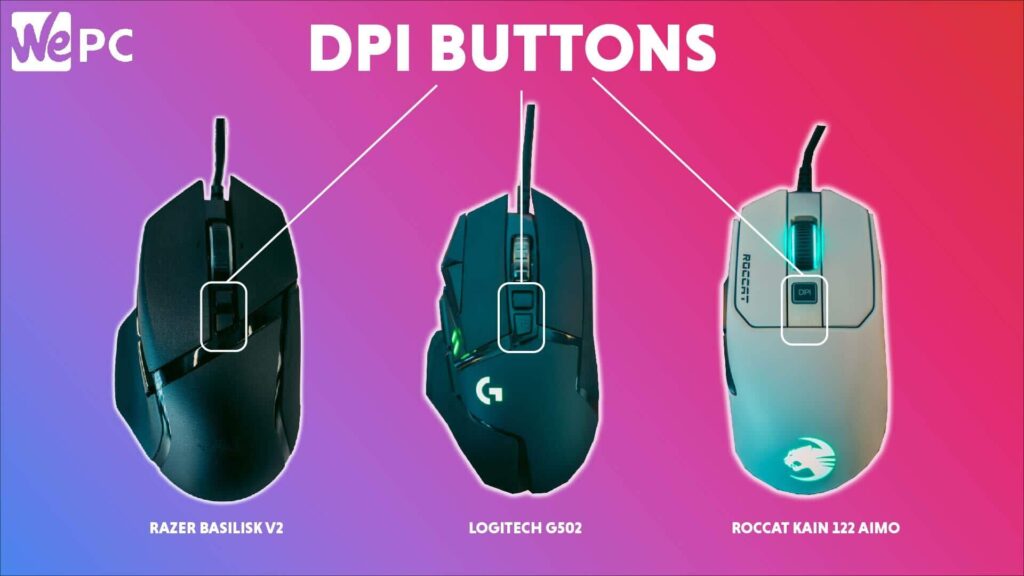
This unassuming attribute holds the reins to precision and control, a cornerstone for seasoned gamers manoeuvring through virtual terrains with lightning reflexes and meticulous designers sculpting digital masterpieces.
DPI isn’t just a technicality; it’s the secret formula that unlocks unparalleled accuracy in your digital endeavours. For gamers, it’s the fine line between a swift victory and an untimely defeat.
It’s the difference between a seamless 360-degree spin to outmanoeuvre an adversary and navigating treacherous virtual landscapes with the agility of a seasoned warrior.
A higher DPI setting on the mouse ensures your actions translate into lightning-fast responses, crucial in the realm where split-second decisions are the catalysts of triumph.
Altering Mouse DPI On Your PC – Learn How To Adjust!
- Navigate to the Start menu, then choose “Settings.”
- Next, opt for “Devices.”
- Find and click on “Mouse” in the left-hand menu.
- Select “Additional mouse options” here.
- Inside the “Mouse Properties” window, select “Pointer Options.”
- Use the slider labeled “Select a pointer speed” to adjust DPI.
- Shift left to reduce DPI or right to elevate it.
- Click “Apply” to confirm your changes.
Congratulations! Your DPI settings have been successfully adjusted.
Read Also: Geekzilla Tech – Your Guide To Smart Solutions And Tech Marvels!
Understanding Its Significance In Gaming – Discover It!
Marketing campaigns highlight specific features to captivate consumers in the competitive gaming peripherals market.
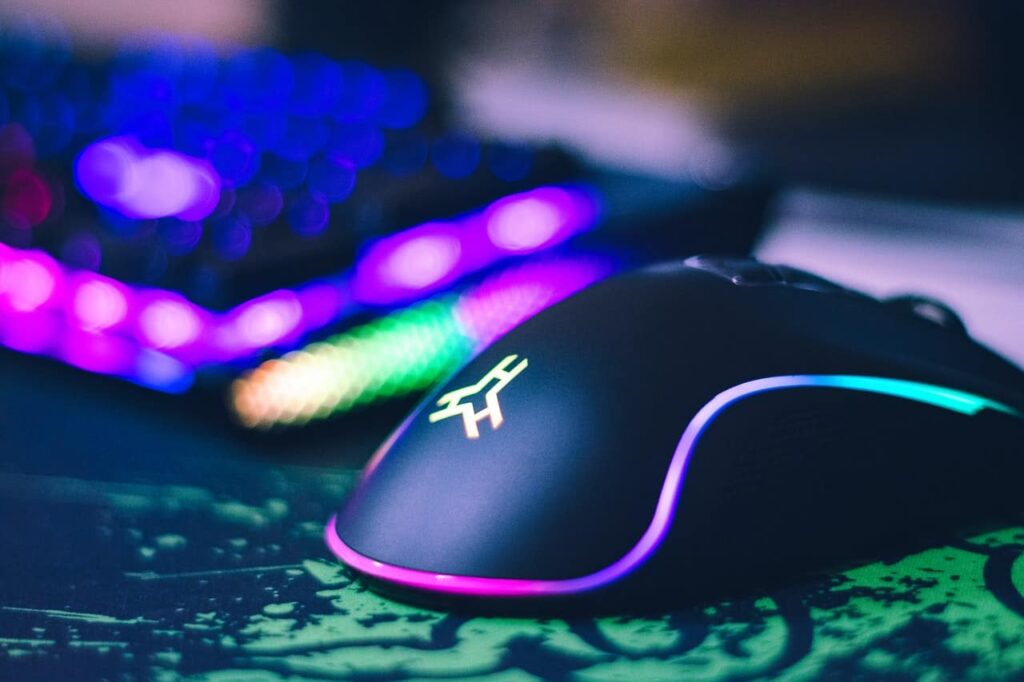
Gaming mice, in particular, are advertised with phrases like “industry-leading DPI,” “sub-micron precision,” and “accurate 1-to-1 tracking,” portraying these peripherals as technological marvels.
These claims are complemented by astronomical figures, with some modern mice boasting DPI counts that surpass 25,000, aiming to impress users seeking cutting-edge technology.
However, beyond the marketing dazzle and the allure of immense DPI figures, the practical significance of such extreme sensitivity can be questioned.
While high DPI can theoretically provide swift cursor movements with minimal physical mouse travel, it often exceeds the practical requirements of most users.
For instance, in everyday computing tasks or standard gaming scenarios, the benefits of ultra-high DPI settings might not be perceptible or necessary.
Utilizing such extreme DPI levels might lead to challenges in control and precision due to the minimal physical movements required to navigate the screen.
Choosing The Ideal DPI – Find Your Precision!
The ideal DPI setting varies depending on the game genre, personal preference, and monitor resolution. Generally, a DPI range between 400 to 3600 accommodates most players.
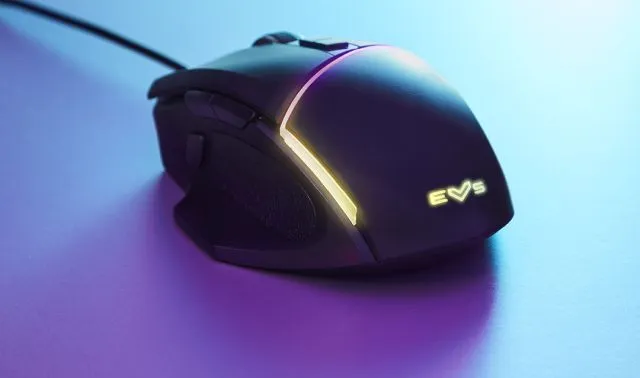
A higher DPI offers swift, responsive cursor movements for FPS enthusiasts, ideal for quick actions and precise shots. Professional esports players often opt for low DPI settings, like 400 or 800 DPI, utilizing broader arm movements for mouse control.
MOBAs and MMOs benefit from moderate DPI settings, balancing speed and precision. This setting suits larger, more static game interface elements, ranging from 800 to 2400 DPI or up to 3600 for some players.
Read Also: F95Zone Forum – Click To Unravel The Mystery!
DPI Impact On Mouse Accuracy – Find Your Perfect Setting Today!
Certainly! DPI (dots per inch) determines how accurately your mouse responds to your movements. A higher DPI setting implies that the cursor covers more pixels on the screen with minimal physical movement of the mouse.
This can translate into swift and responsive actions but might compromise precision, making fine adjustments more challenging.
On the other hand, lower DPI settings offer enhanced precision by allowing you to maneuver the cursor with greater accuracy. While traversing the screen may require more physical movement, this setting provides finer control.
It is particularly beneficial for tasks demanding meticulous accuracy, such as graphic design or precise selection in gaming.
Seize Control, Master Precision – Take Charge Today!
With this knowledge, venture into your mouse settings and experiment with DPI configurations. Discover the setting that harmonizes with your workflow or gaming style.
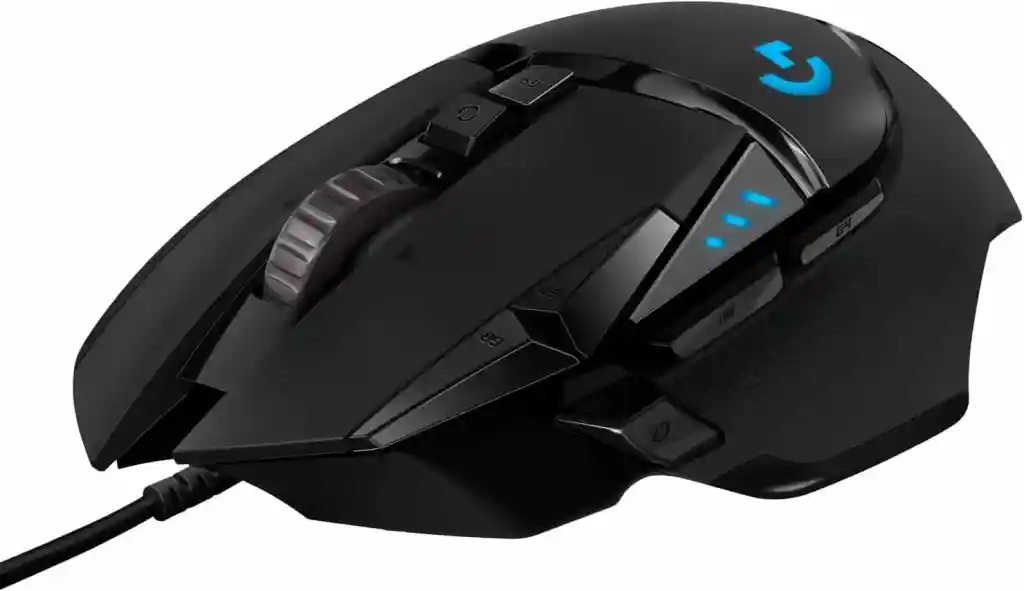
Let DPI be your guiding force in the digital realm, whether it’s wielding speed like a virtuoso or orchestrating control with finesse.
With this newfound understanding, dive into your mouse settings and embark on a journey of DPI experimentation. Explore the configurations and unearth that perfect setting that syncs seamlessly with your workflow or gaming flair.
Let DPI serve as your compass in the digital realm, whether you’re harnessing speed like a virtuoso or orchestrating meticulous control with finesse. Allow your mouse’s sensitivity to align with your aspirations, guiding your every move toward digital mastery.
Read Also: How To Throw A Football Farther? – You Need To Know!
Harnessing Control with Lower DPI – Refine Your Control!
1. A Symphony of Control:
Lower DPI settings offer a symphony of control and precision in your digital domain. Picture delicately maneuvering through complex spreadsheets, where every cell holds crucial data.
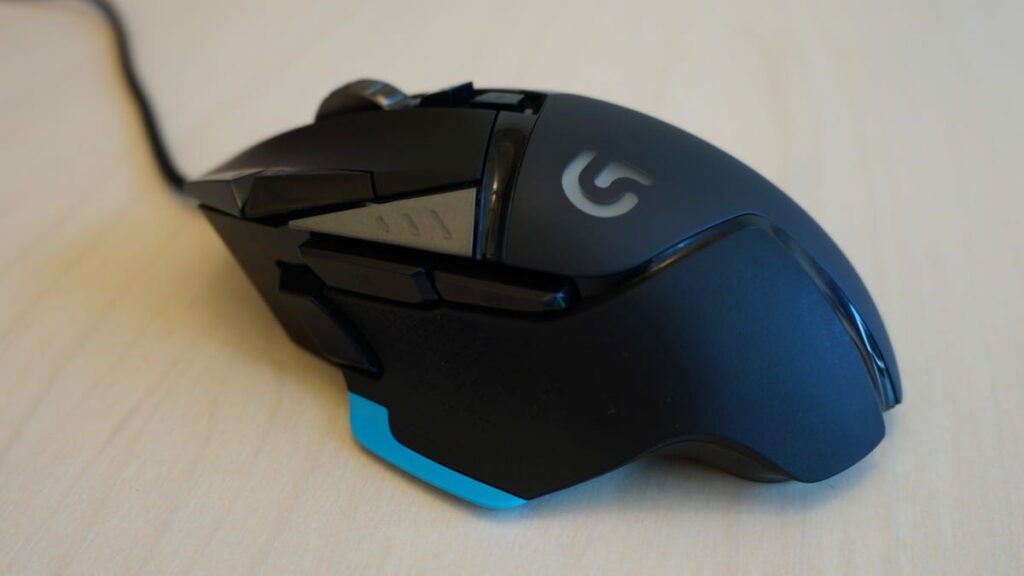
Lower DPI becomes your ally, enabling nuanced movements and ensuring that each click and scroll aligns flawlessly with your intentions.
2. Customizing Mouse DPI – Is It Possible?
Most modern mice come equipped with customizable DPI settings, allowing users to adjust sensitivity levels based on their preferences and tasks.
Accessible through dedicated software or via buttons integrated into the mouse, these settings empower users to fine-tune DPI to match their specific needs. By accessing your mouse’s settings through the provided software or the computer’s control panel, you can modify the DPI settings.
This customization allows you to choose a higher DPI for swift cursor movements with minimal physical mouse displacement, ideal for fast-paced gaming or swiftly navigating large screens.
Conversely, opting for lower DPI settings grants finer control, facilitating precise movements for tasks like graphic design, photo editing, or aiming accuracy in gaming.
Lower DPI becomes your digital chisel in CAD designs, where precision is paramount. It’s the tool that allows you to sculpt intricate details, ensuring that every line and dimension is meticulously placed.
It’s like having a steady hand guiding a fine-tipped pen, crafting designs with an unmatched level of accuracy.
Read Also: Wcostream – Everything you need to know!
3. The Elegance of Control in Gaming:
Interestingly, gamers deliberately choose lower DPI settings, especially when precision precedes lightning-fast movements.
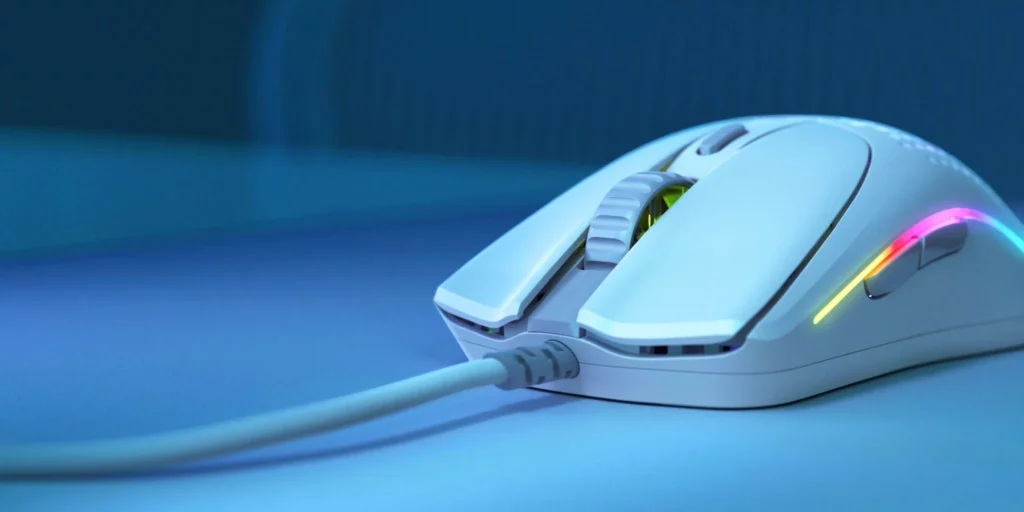
Envision a skilled sniper patiently aligning the crosshairs for that perfect shot or a strategist making meticulous, calculated movements to outmaneuver opponents. These scenarios thrive on the elegance of control lower DPI settings bring to the gaming forefront.
In these gaming landscapes, accuracy reigns supreme. Lower DPI becomes the secret weapon, providing the finesse for gamers to execute their strategies flawlessly. It’s akin to wielding a precision instrument, ensuring that every movement is deliberate and every action is exact.
Frequently Ask Questions:
1. What is DPI on a mouse?
DPI, an abbreviation for “dots per inch,” measures your mouse’s sensitivity by determining how many pixels the cursor moves per inch of mouse movement.
2. Is a higher DPI always superior?
Not necessarily. The perfect DPI setting varies based on individual preferences, tasks, and gaming styles. While higher DPI can provide speed, it might sacrifice fine control, and vice versa.
3. How does DPI impact gaming performance?
DPI significantly influences gaming performance by affecting cursor speed and precision. Discovering the optimal DPI for your gaming style can greatly enhance your gaming experience.
4. What’s the best DPI range for different tasks or gaming genres?
The ideal DPI range differs depending on tasks or gaming preferences. For example, FPS gamers might prefer higher DPI settings for quick movements, while strategy gamers may opt for lower DPI settings for precise control.
5. How can I adjust my mouse’s DPI settings?
To modify DPI settings, access your mouse settings via your computer’s control panel or specific software provided by the mouse manufacturer. Look for options related to DPI adjustment.
6. Do all mice offer customizable DPI settings?
No, not all mice provide customizable DPI settings. Typically, gaming or high-performance mice come equipped with this feature, allowing users to tailor sensitivity according to their preferences.
Conclusion:
DPI on a mouse affects how fast your cursor moves on screen. Changing it helps you control how quickly or precisely you can point and click. Adjusting this setting is like your cursor quickly across the screen or making smaller, more controlled movements.





